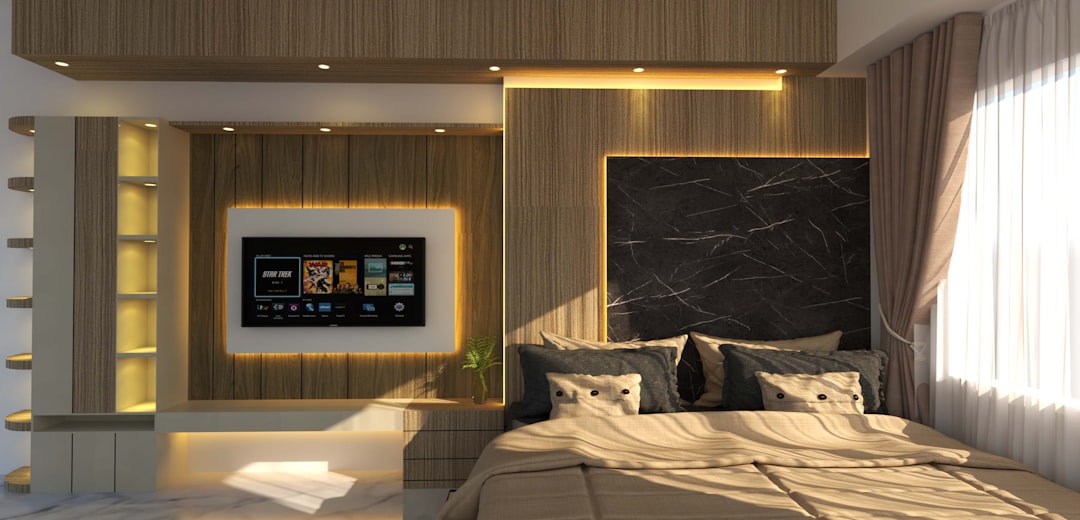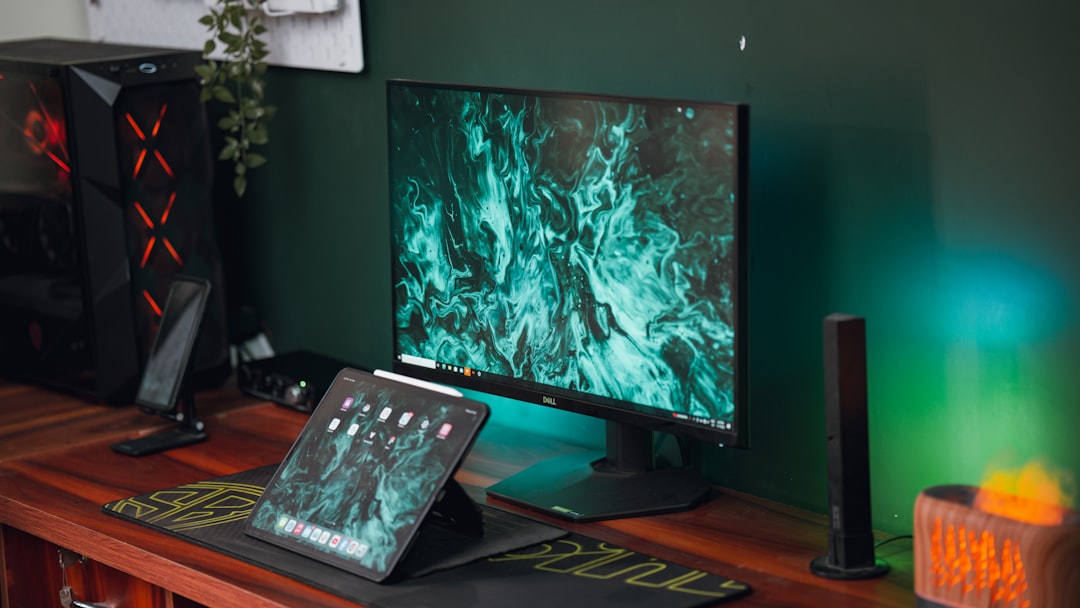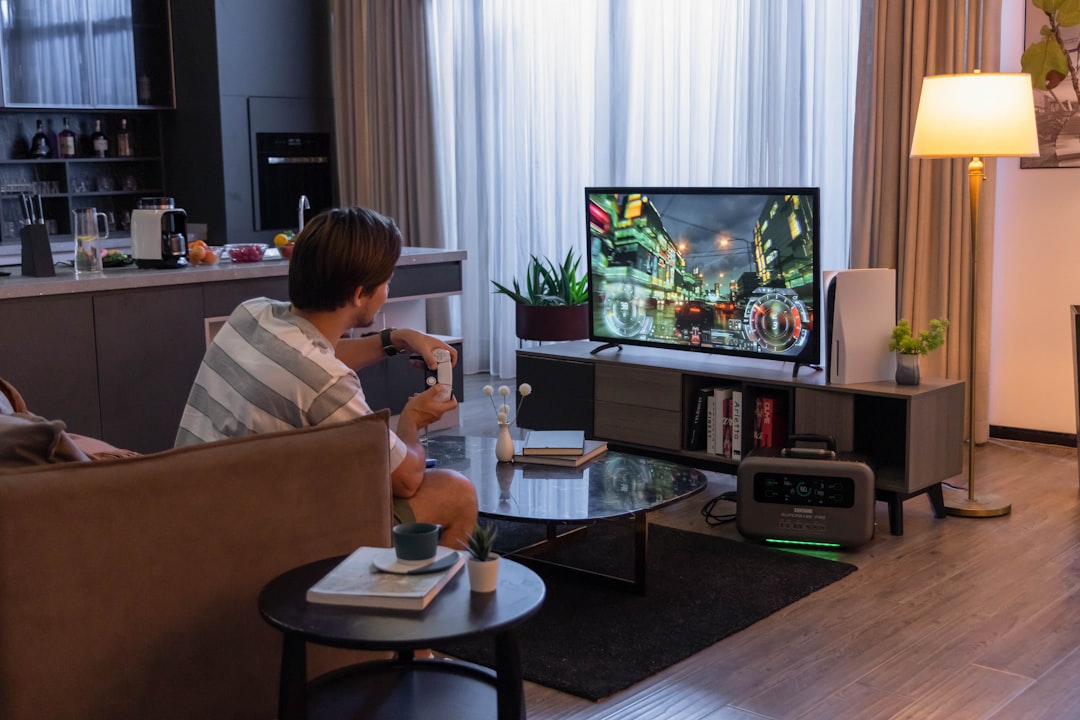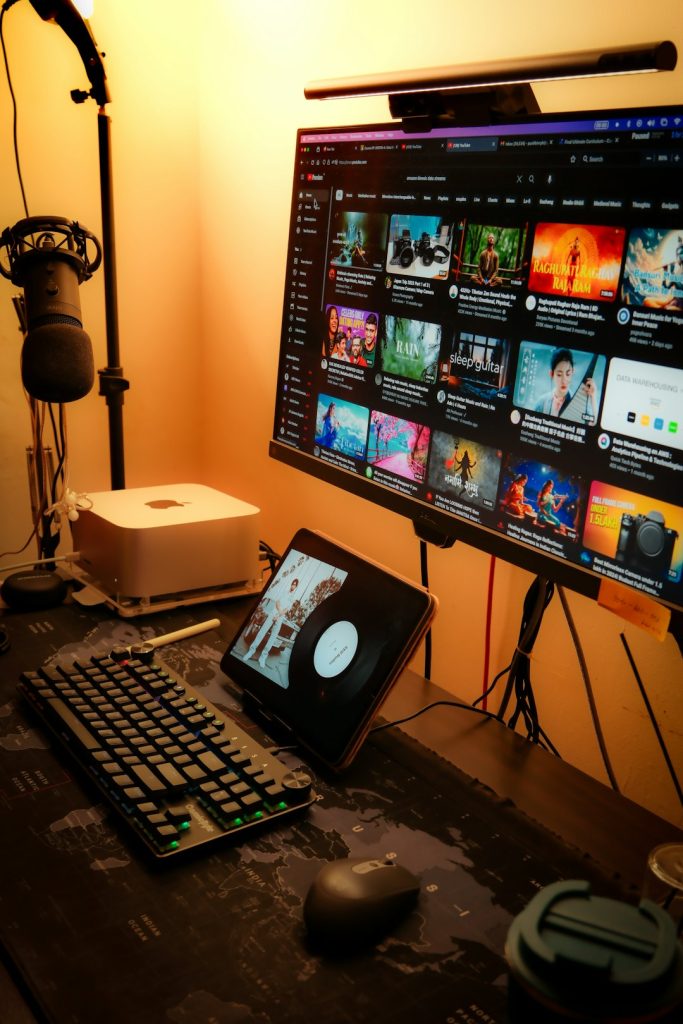For anyone setting up a new monitor or gaming rig, the choice between HDMI and DisplayPort is more than just selecting a cable—it can directly affect your display quality, refresh rates, gaming performance, and overall experience. Although both HDMI and DisplayPort perform the fundamental role of transmitting audio and video data from a device to a display, they differ in capabilities, applications, and performance. This guide breaks down both interfaces to help users make an informed decision based on their specific needs, whether for professional video editing, watching UHD content, or enjoying high-refresh-rate gaming.
What Is HDMI?
High Definition Multimedia Interface (HDMI) is one of the most widely used video and audio connection standards in consumer electronics. Since its launch in 2003, HDMI has progressed through multiple versions, with the most recent being HDMI 2.1. HDMI is commonly found on TVs, monitors, gaming consoles, laptops, Blu-ray players, and more.
HDMI carries both audio and video signals, allowing for a single cable connection for most setups. It supports Consumer Electronics Control (CEC), ARC (Audio Return Channel), and eARC, making it ideal for home theater setups and multimedia systems.

HDMI Versions and Capabilities
- HDMI 1.4: Supports 1080p at high refresh rates and 4K at 30 Hz.
- HDMI 2.0: Offers support up to 4K at 60 Hz and bandwidth up to 18 Gbps.
- HDMI 2.1: Expands capabilities to 8K at 60 Hz and 4K at 120 Hz with a maximum bandwidth of 48 Gbps. It also introduces features like Variable Refresh Rate (VRR), Auto Low Latency Mode (ALLM), and Enhanced Audio Return Channel (eARC).
HDMI 2.1 is a game-changer for gamers and home theater enthusiasts, particularly on next-gen consoles like the PlayStation 5 and Xbox Series X that support 4K 120 Hz displays.
What Is DisplayPort?
DisplayPort is a digital display interface developed by the Video Electronics Standards Association (VESA) primarily for use with PC monitors. Unlike HDMI, which was designed for home theaters and consumer electronics, DisplayPort was created with computing and high-performance displays in mind.
DisplayPort supports higher bandwidths than HDMI in most scenarios, and some versions include additional features like multi-stream transport (MST) which allows daisy-chaining multiple monitors through one output.
DisplayPort Versions and Capabilities
- DisplayPort 1.2: Capable of 4K at 60 Hz with a bandwidth of 21.6 Gbps.
- DisplayPort 1.4: Supports up to 8K at 60 Hz or 4K at 120 Hz with compression (DSC), with a bandwidth of 32.4 Gbps.
- DisplayPort 2.0: Offers a maximum bandwidth of 80 Gbps, enabling support for up to dual 8K displays at 120 Hz, or even 4K at 240 Hz.
DisplayPort shines in high-end gaming monitors and professional displays due to its higher capacity and adaptability to multi-monitor configurations.

Key Differences Between HDMI and DisplayPort
The following factors highlight the core differences between these two video transmission standards:
- Bandwidth and Resolution: DisplayPort generally offers higher bandwidth than HDMI, especially with DisplayPort 2.0, making it suitable for ultra-high-resolution and high-refresh-rate displays.
- Audio Capabilities: HDMI includes robust audio support, including ARC and eARC for home theater systems, whereas DisplayPort supports audio but lacks the advanced audio features of HDMI.
- Compatibility: HDMI has broader compatibility across TVs, consoles, and AV receivers. DisplayPort tends to be more common in PC applications.
- Connector Design: Standard HDMI cables feature a 19-pin connector, while DisplayPort uses a 20-pin connector with an optional locking mechanism for stability.
- Adaptive Sync Support: Both HDMI 2.1 and DisplayPort support adaptive sync technologies like NVIDIA G-Sync and AMD FreeSync, but DisplayPort has supported them longer and is often preferred by gamers.
Gaming Performance: HDMI vs DisplayPort
Gamers understandably prioritize frame rates, refresh rates, and visual fidelity. For PC gaming in particular, DisplayPort has long been the favored connection due to its support for higher bandwidth and resolutions.
With the introduction of HDMI 2.1, however, this gap has narrowed significantly. HDMI 2.1 now supports core gaming features like:
- 4K at up to 120 Hz refresh rate
- Variable Refresh Rates (VRR)
- Quick Frame Transport (QFT)
- Auto Low Latency Mode (ALLM)
That said, gamers using high-end monitors capable of 144 Hz or higher refresh rates at 1440p or 4K may still prefer DisplayPort for its greater bandwidth and greater flexibility in overclocking displays. Additionally, DisplayPort 2.0 opens the door to 4K gaming at 240 Hz and beyond, offering true future-proofing for enthusiasts.
Use Case Scenarios
Best for Gaming PCs:
DisplayPort wins due to its superior bandwidth and support for high refresh rates and adaptive sync. If using a high refresh rate monitor, DisplayPort ensures the best performance with fewer bandwidth limitations.
Best for Consoles:
HDMI 2.1 is your best bet. Both the PS5 and Xbox Series X use HDMI 2.1 to leverage 4K 120 Hz gaming and advanced audio features.
Best for Home Theater:
HDMI is the clear winner thanks to its broad device compatibility, eARC support, and full audio-visual integration in home entertainment systems.

Which to Choose?
Ultimately, the choice between HDMI and DisplayPort depends on the user’s hardware setup and usage requirements. For a gamer with a high-end GPU and a gaming monitor that supports 1440p at 144 Hz or higher, DisplayPort is the optimal choice. On the other hand, users with modern consoles or media devices connected to a TV should look for HDMI 2.1 compatibility to get the most out of their setup.
Future developments may continue to blur the lines between these two technologies, but understanding what each standard offers now can save users from performance bottlenecks or compatibility issues later.
Frequently Asked Questions (FAQ)
- Q: Can I use an HDMI-to-DisplayPort adapter?
A: Yes, but these adapters often only work in one direction and may not support all features like high refresh rates or adaptive syncs. Active adapters may be required depending on your devices. - Q: Is DisplayPort better than HDMI for gaming?
A: For PC gamers, DisplayPort typically offers better performance due to higher bandwidth and support for advanced features. However, HDMI 2.1 has closed that gap significantly for console gaming. - Q: Does HDMI 2.1 support 144 Hz refresh rates?
A: Yes, HDMI 2.1 supports up to 4K at 120 Hz or even 144 Hz depending on the display and cable quality. Be sure both GPU and monitor are HDMI 2.1 compatible. - Q: Which cable is better for 4K video playback?
A: Both HDMI 2.0 and DisplayPort 1.4 support 4K video playback at 60 Hz. For higher refresh rates, DisplayPort is generally more reliable, but HDMI 2.1 also offers excellent support. - Q: What is MST and does HDMI support it?
A: Multi-Stream Transport (MST) allows daisy-chaining multiple monitors over a single DisplayPort connection. HDMI does not support MST.


